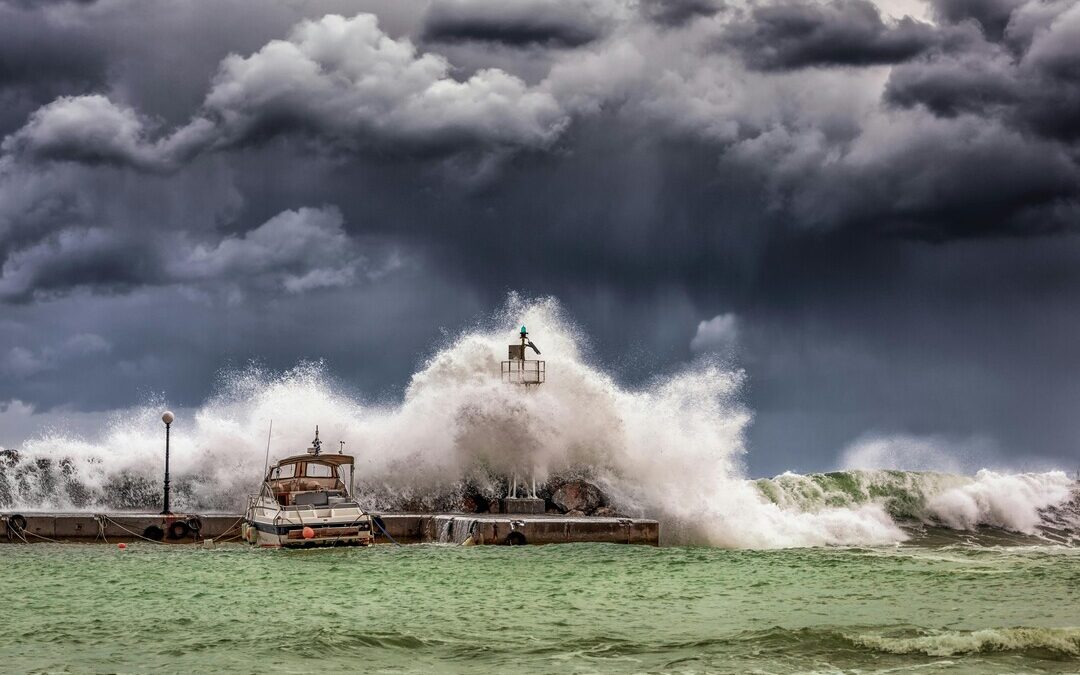Global Insured Losses from Natural Disasters May Hit $300B, Swiss Re Warns
Swiss Re warns natural disasters could cost insurers up to $300 billion in a peak year amid rising global risks.
Global insured losses from natural catastrophes could soar to $300 billion in a peak year if powerful hurricanes or earthquakes strike densely populated regions, according to new analysis from the Swiss Re Institute released on Tuesday.
While losses from so-called secondary perils such as wildfires, floods and severe thunderstorms continue to climb – with insured losses projected to reach $145 billion in 2025 – primary perils like hurricanes and earthquakes pose the greatest financial threat to insurers.
“The reinsurance industry is a shock absorber when danger materializes into disaster,” said Urs Baertschi, CEO of property & casualty reinsurance at Swiss Re. “We help our clients not just with traditional risk transfer but also with risk insights and prevention strategies.”
Primary Perils Pose Greatest Risk
Swiss Re said the warning follows a damaging start to the year, with wildfires in Los Angeles alone contributing an estimated $40 billion in insured losses.
Despite their rising cost, secondary perils typically lead to lower peak losses compared to the potential impact of major hurricanes or earthquakes.
Based on over 200 proprietary models, Swiss Re’s findings show that natural catastrophe risks have intensified due to economic growth, urban sprawl and climate change.
Analysts pointed to 2017 – marked by Hurricanes Harvey, Irma and Maria – as the most recent peak year. Since then, rising exposure has increased the likelihood of future high-loss years.
“Events like Hurricane Andrew would cause losses nearly three times higher today than in 1992, largely due to growth in population and infrastructure,” said Balz Grollimund, head of catastrophe perils at Swiss Re.
US Accounts for Bulk of Global Insured Losses
Despite advances in disaster resilience, the US remains particularly vulnerable. Driven by extreme weather and seismic risk, the country accounted for nearly 80 percent of global insured natural catastrophe losses in 2024.
States such as Florida, Texas and California remain hotspots, where exposure continues to push premiums above the national average.
Swiss Re stressed that improving risk mitigation infrastructure is critical to containing future losses.
The institute cited data showing that flood protection measures can be up to ten times more cost-effective than post-disaster rebuilding.
Capital Must Keep Pace with Risk
“The private and public sectors must work together to protect communities,” said Swiss Re Group Chief Economist Jérôme Haegeli. “With $500 billion in capital, the reinsurance industry is well positioned to absorb major shocks – but that capital must grow in line with the risk.”
In 2024, insured losses from natural catastrophes reached $137 billion, up from $115 billion in 2023 and well above the 10-year average of $98 billion. Total economic losses across all disasters, including man-made events, stood at $328 billion.
Nirmal Menon
Related posts
Subscribe
Error: Contact form not found.


